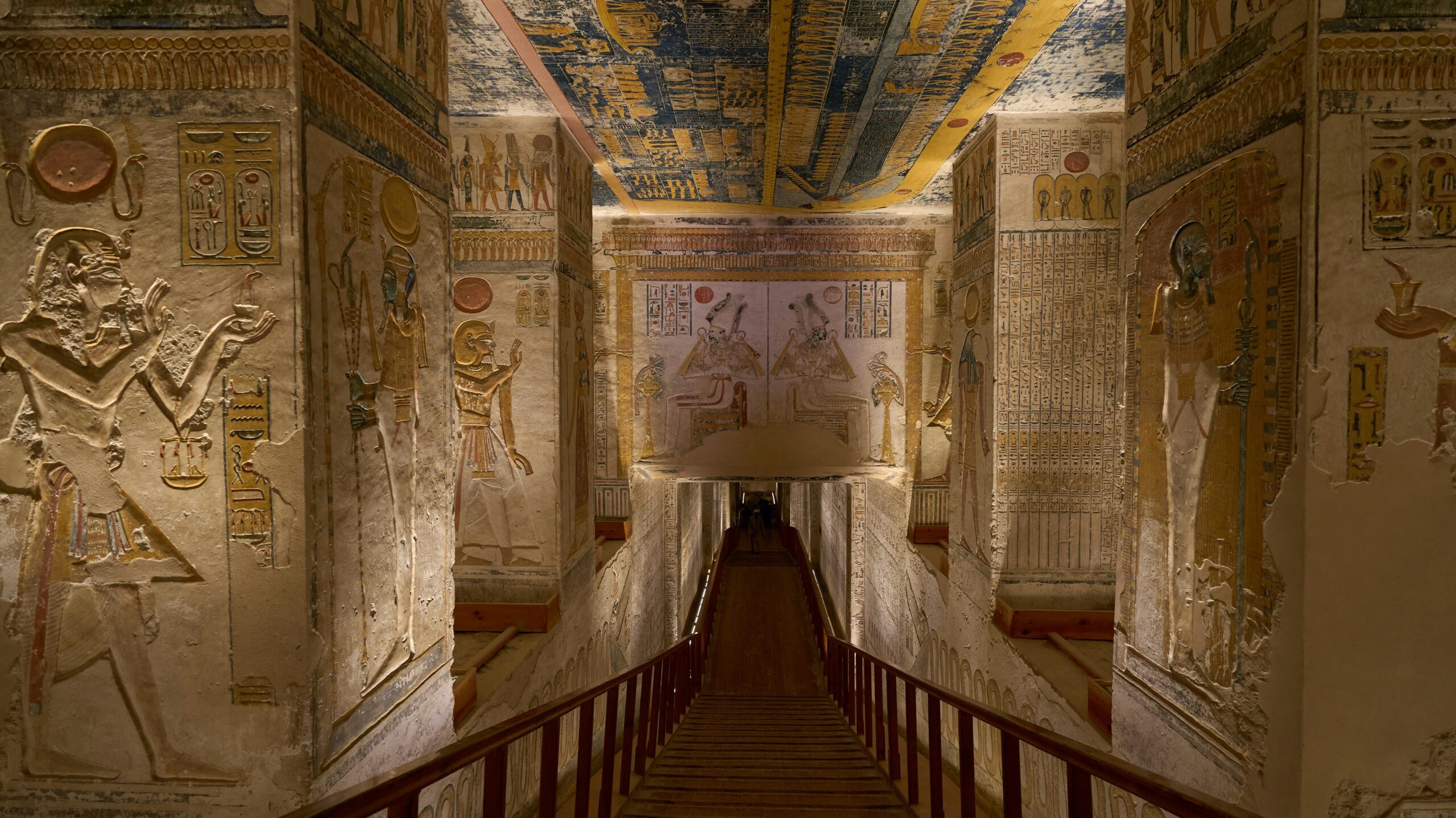Ancient Egypt is one of the oldest and most fascinating civilizations in history, and there’s so much we still don’t know about it. Indeed, less than one percent of it has been discovered to date. Some of the aspects of it seem unbelievable, with some people – such as Elon Musk – believing that the great pyramids were actually built by aliens.
Archaeologists have discovered plenty of amazing details about that time, though, with the Book of the Dead being one of the greatest findings back in 1888. These mysterious texts provide insight into the ancient Egyptians’ beliefs and rituals, many of which are worlds apart from the ideas of modern societies. For people who want to find out more, a trip to Egypt should be on your bucket list.
- The Egyptian Museum in Cairo
- Fascination with the Book of Dead in Popular Culture
- Visiting Famous Sites Related to the Text
The Egyptian Museum in Cairo

The best starting point to follow the trail of the Book of the Dead is at the Egyptian Museum in Cairo, where fragments from the text are displayed prominently. There’s even an extract from the Papyrus of Ani, which is one of the best-preserved copies of the Book of the Dead in existence.
The Book of the Dead features a variety of drawings that appear as instructions. These are written in the famous hieroglyphics of the early civilization, and scholars have spent decades trying to decipher them. Most have concluded that the texts served as instructions on how to get to the afterlife when you die. This would have obviously been pretty useful stuff at a time when everyone believed in the idea of entering the realm of Osiris after death. Dying without these instructions around your tomb would have been akin to going into battle without a sword and armour.
Fascination with the Book of Dead in Popular Culture

The Book of the Dead isn’t a single book, but more of a collection of texts that have been discovered over the years. Archaeologists have deduced that the texts included numerous magical spells, designed to help people progress to the afterlife after death. It was basically How to Get Into Heaven For Dummies for the Ancient Egyptians. Scribes would prepare extracts from the Book of the Dead at burials, and they were often geared towards specific individuals.
It’s clear that there was widespread fascination with the Book of the Dead thousands of years ago in Egypt. Interestingly, that continues to this day in popular culture, with the text often referenced in mainstream content. In film, for instance, it played a crucial role in The Mummy series, especially in scenes in which characters tried to resurrect the dead.
The most famous example of its use is in the online casino industry, where the Rich Wilde and the Book of Dead slot is one of the most-played titles of all time. The offering from Play’n Go was released in 2014 and continues to be one of the biggest draws for online casinos to this day. It features various symbols from the texts on the reels including Horus, Anubis, and Osiris. Games like this have helped continue the legacy of the Book of the Dead in the mainstream and have sparked more interest in its history.
Visiting Famous Sites Related to the Text

After learning more about the Book of the Dead from experts in the museums, the next step is to visit some sites where the writings have famously been found. The Valley of the Kings is one of the biggest tourist attractions in Egypt, as this is where the iconic tomb of Tutankhamun was uncovered.
At the site, the beliefs described in the Book of the Dead were put into practice. The opulent tombs of the great rulers were adorned with all sorts of artifacts, and extracts from the Book of the Dead were inscribed all around them – you wouldn’t see such extravagance in today’s society, would you?
Have you developed an interest in the Book of the Dead thanks to mainstream content such as the iconic slot game from Play’N Go? If so, the next step would be to travel to Egypt and find out more. Going on a Book of the Dead tour in the country is an immersive experience, and you’ll doubtlessly feel a connection to the people of that era when you go.



